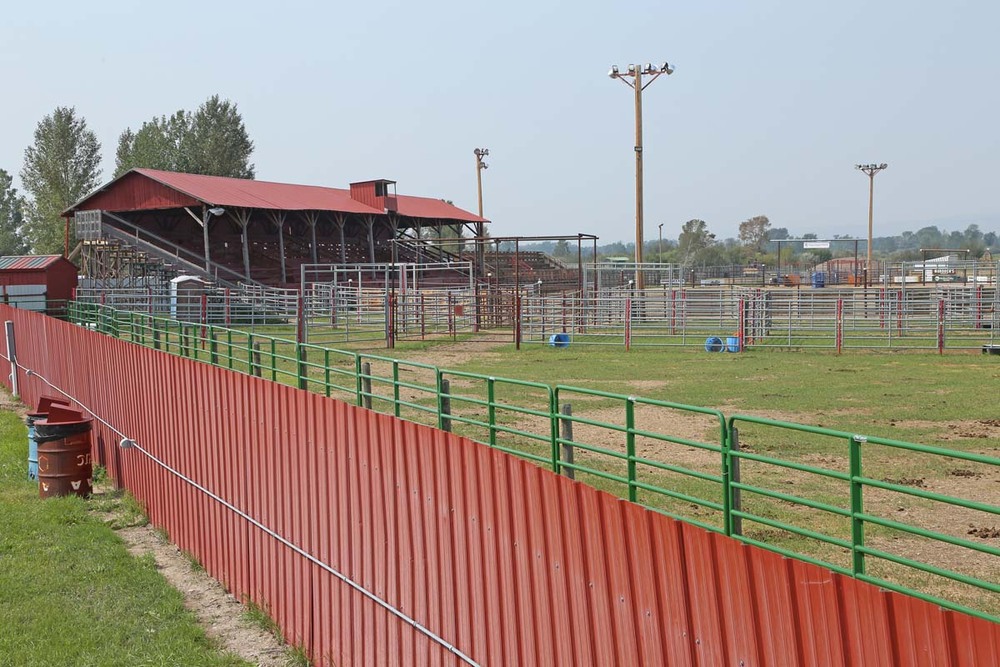Madison County Fairgrounds Historic District

Early Twin Bridges offered few public gathering places, and so these fifty acres, once part of the Lott and Seidensticker homesteads, were developed as “The Park” in 1887. A “harvest home barbecue” was held that year, and two years later the event had blossomed into the first annual county fair. Early fairs were privately run and later partially supported by the county. Then, as now, the fair gave ranchers and farmers a chance to show their best produce and livestock while promoting local pride and friendly rivalry. In 1928, a depressed economy curtailed the event and in 1930 Madison County purchased the fairground property. The economy worsened during the Great Depression until 1934, when more than half Madison County’s workforce was unemployed. In 1935, the federal Works Progress Administration (WPA) approved funding assistance for the rebuilding of the unused fairground. Construction began in 1936, putting a great number of unemployed residents back to work. WPA engineer C. D. Paxton drew the plans and Tosten Stenberg, well known for his log structures in Yellowstone Park, directed construction. Local foreman Fred Sommers was brought out of retirement with a special waiver from Washington to supervise the project. Lodgepole pine, fir logs, and other building materials were gathered locally and prepared by workers on site. When the project was completed in 1937, seven masterfully crafted new buildings and one remodeled 1890s structure lent new significance to the traditional fairground. Today the collection of buildings is architecturally significant for its fine design as well as historically important for its WPA construction using entirely local materials and labor.
Images




